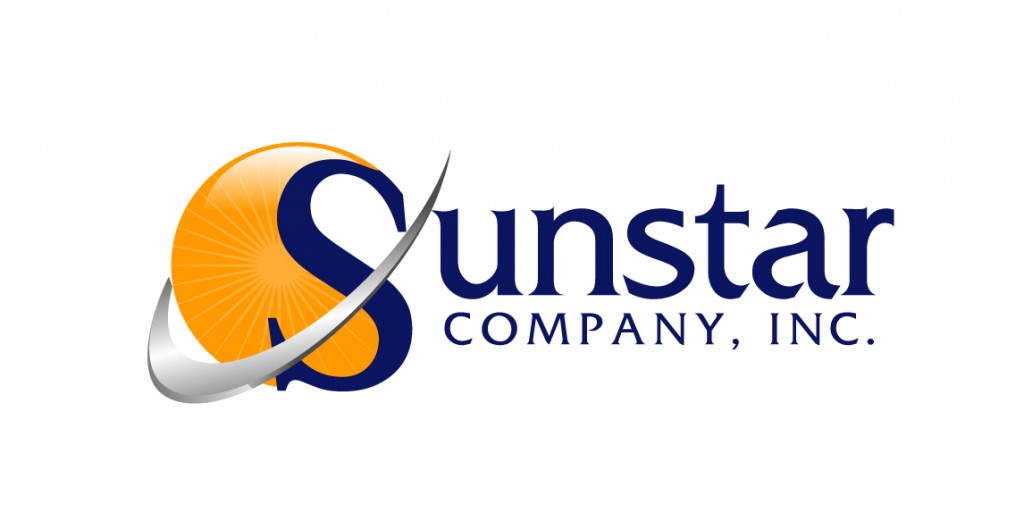Active Archive Is the Lifeboat
The solution? An active archive with built-in data protection, offload data from primary storage and reduce backup!
Facts:
- Backup – Copies of current, changing data saved in case of emergency
- Archive – Copies of fixed content stored for long-term retention or compliance
- Active Archive – Seamless tiered storage which gives access to data across a virtualized file system and migrates data between multiple storage systems and media types as appropriate
Backup and archive are not synonymous, but active archiving can have a huge impact on your backup, leaving a much smaller amount of data that requires routine backups.
There is not magic formula for reducing data center costs; it takes a strategic implementation of the right tools with continual optimization of the infrastructure. By moving infrequently accessed data into a protected archive, users can reduce the volume of data stored on expensive primary storage, thus reducing the amount of data that has to be protected during full backup windows.
Many active archives are constructed with hybrid storage technologies, such as flash, disk and tape. While disk or flash provides the “active” data access, tape delivers low-cost, ultra-scalable storage. LTO tape is one of the most reliable storage mediums available, lasting 6 times longer than typical disk life spans. With an active archive, you could essentially have data stored on disk for fast access, while a copy always remains on a protected tape layer. Additional system policies or features like hash coding, media integrity checks and restricted access all bolster tape-enabled archiving’s appeal for data protection and longevity.
Additionally, storing files in an active archive can dramatically improve recovery times. Unlike offline backups, active archive data is available all the time. With client-level connectivity, there is no need for a storage administrator to manually retrieve offline data or recall physical media from offsite.
Plain and simple: Stop backing up fixed content. Store and protect it in an active archive instead.
While every data center has different needs, we can all agree that shorter, simpler backups would cause even the most organized IT director to breathe a little easier. Watch your total costs for data storage and protection decrease as your environment operates without the latencies and complexities of overburdened backups.
Available from Sunstar Company. To learn more about backup and archiving technologies, please call ![]()
![]() (310) 330-2900 or contact us online
(310) 330-2900 or contact us online
